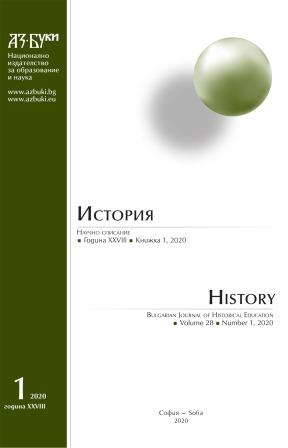
We kindly inform you that, as long as the subject affiliation of our 300.000+ articles is in progress, you might get unsufficient or no results on your third level or second level search. In this case, please broaden your search criteria.


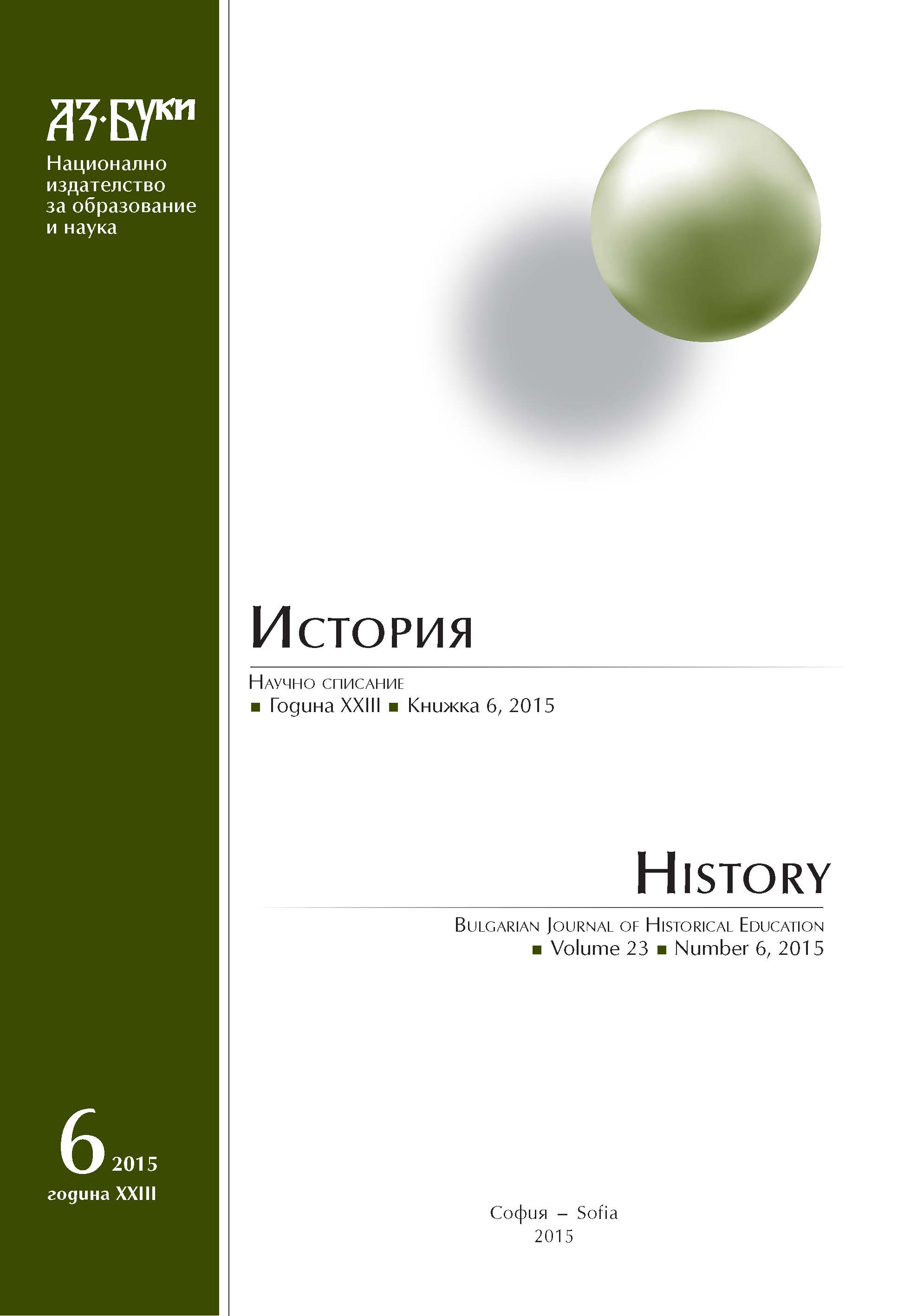
The purpose of the article is to examine the restoration of the Bulgarian government in the Wallachian plain in the early fourteenth century. Little-known documentary material is used (the charters of the Hungarian king Carl Robert of October 23, 1317 and March 27, 1329, a letter from Pope John XXII to Wallachian leader Ivanko Basarab from February 1, 1327, etc.) to shed light on the political processes in the Wallachian plain in the first half of the fourteenth century. The text is also based on archaeological researches of towns and villages situated on the left bank of the Danube river. Their architecture and material culture are similar to those of the Bulgarian medieval towns of XII – XIV century, which show a strong relation between the two sides of the great river.
More...

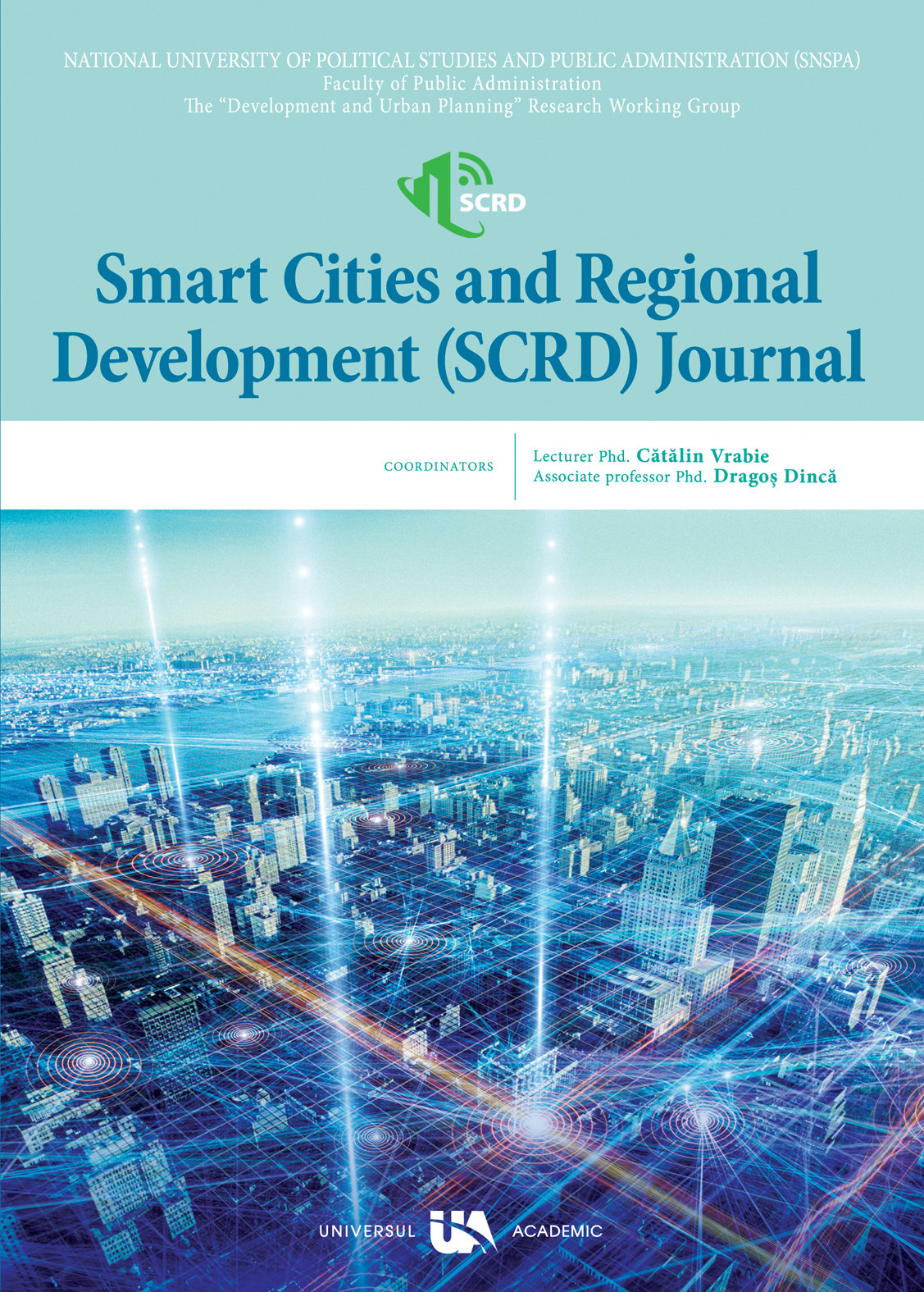
Poverty affects women more forcefully causing increased proportion as well as types of deprivations, a phenomenon called feminisation of poverty. Migration of rural poor to cities causes problems of its own, more so for the women. They come to cities in a bid to escape from rural unemployment and deprivation but lead insecure lives in the cities, exemplified by the urban domestic helps. The co-existence of feminisation and urbanisation of poverty affects the women and their families, particularly children, especially the girl child, who begins to experience deprivations in all its forms from a tender age. These reduced circumstances thus perpetuate across generations of poor urban women and entrap them deep in poverty.The objectives of this study are two-fold. Scientific literature is scanned for indicators used to study feminization of poverty and the validity of these indicators in the given context is examined. Secondly, the study aims to explore the most relevant indicators through direct interaction with the target population. Existing literature on feminized poverty is replete with studies that have used household as the unit of observation. While there are strong justifications for the choice, this approach is unable to address the intra-household inequalities. This study therefore employs the individual woman domestic worker as the unit of observation. The survey method, using questionnaire is employed for collecting the primary data.
More...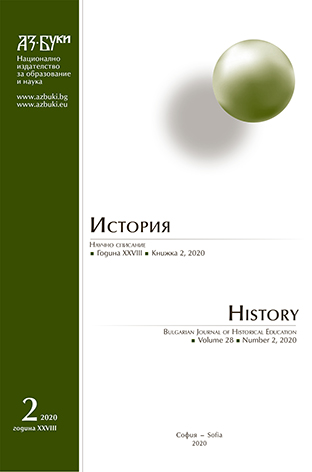
The article presents for the first time theoretical argumentation for the periodization of Bulgarian medieval history. The attempts for such periodization, which are reflected in the content and structure of the summarized scientific publications on the history of medieval Bulgaria from the end of the 19th century to the present day, are reviewed. It has to be concluded that state-political history is a dominant marker. The lower boundary of the Bulgarian medieval history goes back to the time from the earliest history of the Bulgarians and Slavs before the Great Migration of the Peoples, and the upper boundary is the end of the XVII century. In conclusion, the Bulgarian medieval history can be divided in three main periods: Early, High and Late Middle ages.
More...
An attempt to throw light on the early history of Adzhar village,today’s Svezhen, based mainly on four unpublished Ottoman tax registers, is made in the article. The author claims that the earliest documents discovered so far about the existence of Adzhar as a settlement date from the first decades of the XVII century. The village was first mentioned on the pages of an abridged avarız-register from the years 1621 – 1622. Data about the presence of large summer pastures and sheepfolds in the region of Sarnena Sredna Gora Mountain as early as the 16th century show that the foundation of the village can be related to the good conditions for livestock breeding of a peaceful place in the depths of the mountain. It is very likely that part of the inhabitants of Adzhar had been dzheleps, who bred sheep and other cattle for the food needs of the big cities, the army and the Sultan’s Palace. Asa result, raw materials including sheep wool and sheepskins led to the development of a number of crafts.The Orthodox Bulgarian population of Adzhar grew rapidly. Due to the demographic and economic development, a significant literary centre was created there for transcribing and illustrating liturgical books. A church with two priests was built in the village. There is information that in the second half of the 17th century sheep-breeding, crafts such as goat hair processing (mutafcılık) and tailoring, as well as trade and transportation of goods (in exchange of payment – kiracılık)developed in Adzhar.
More...
Тhe article presents an exploration of the “life” of one of the 20th century's symbolic symphonic works in Bulgarian musical culture – composer Petko Staynov’s “Thracian Dances” suite. The starting point of this study is research into some of the archival documents related to the work’s first performance in 1927. The next stage goes through the analysis of the piece’s presence in textbooks from the last third of the last century to the adoption of the Law on Pre-school and School Education. The final stage of this study is focused on the presence of the work and the educational context it is linked to in some of the contemporary Bulgarian textbooks.
More...
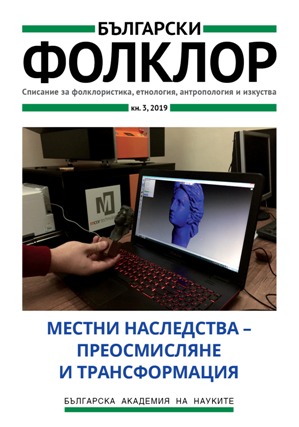
The text presents the incorporation in public activities and research paradigms of Russe museum related to the European cultural route “The Roman Emperors and Danube Wine Route”, which turns to be a catalyst of the change in the way of presentation and sharing of heritage in the region. The observations are focused on the historical reconstruction “Roman market” establishing itself as a festival with a focus on pre-modern food. The author follows the images of the Roman fortress, the variants of museum pedagogics, the digitalization and the 3D printing of artefacts, which certify the narration about the past throughout their testimony.The local feasts strengthen local memory and unite communities. They also build social and cultural ties to the place where they regularly happen.The cultural route is important for the processes, which the Rousse museum tries to guide while searching to form of knowledge and compassion on the themes connected to local heritage.
More...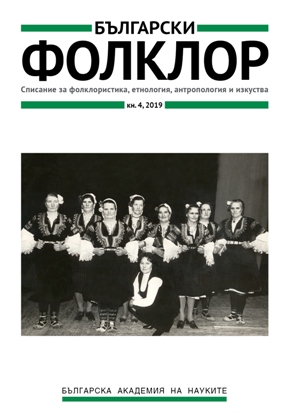
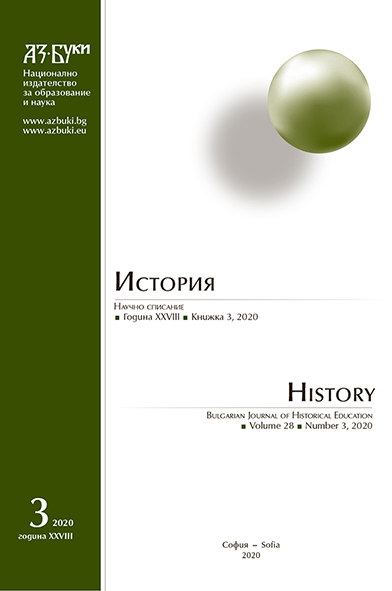
The article dwells into the ideological development and evolution of the Balkan policies of Adam Czartoryski’s Hôtel Lambert – one of the Polish political camps in exile, represented by the conservative-liberal and monarchic ideas. The geopolitical changes in Europe at the end of 1830’s forced Czartoryski and his émigré camp in Paris to shift their political concepts. As a culmination of that new course, Hôtel Lambert established a permanent Eastern Agency in the Ottoman capital, which was headed by the Polish agent Michał Czajkowski. And it is no coincidence, since after the second Ottoman Egyptian Crisis the East was no doubtfully established as a focal geopolitical point.
More...
The article traces the Ottoman urban toponymy and Turkish language influence over the street names in Plovdiv. This heritage is evident from the all periods of the contemporary Bulgarian history till the present. The Turkish local names are widely accepted in contemporary Bulgarian language and space mentality.
More...
Understanding the socio-cultural significance of the experience of the past in solving the problems of the present causes a growing interest in historical education and focuses on finding effective methodological approaches to translating knowledge about the past through education. One such approach is an intersubjective approach. The paper deals with the humanistic potential of an intersubjective approach to understanding the Other and fostering the ability to compromise through historical education. A well-considered attitude towards the Other, an inner interest and understanding of the significance of the other presence implies that in the social deprivation of hostility, the inadmissibility of domination and oppression in my Self of the world of the Other Being will be deprived. Both are understood as correlates of intersubjective constitution of reality. In dialogue interaction Otherness is not subordinated, it is assigned to my Self, it remains an “insoluble” individuality. Content analysis of history books of Ukraine has shown that they are conceptually sustained, lacking stereotyped and impartial assessments of the racial, ethnic, cultural nature of the Other. However, ambiguous historical events involving different peoples and states are not alternatively presented. The narrative in the textbook undoubtedly should be the Ukrainian ethnic group as the core of national history. At the same time, using the anthropological and territorial principles as the core of the story, the textbook should strive for Ukraine to be perceived as space where other ethnic communities whose existence is an integral part of Ukrainian history reside alongside Ukrainians. Relevant in overcoming the false image of historical education is the development of the ability to think critically about historical facts, to give them their own judgment. Understanding of the historical process from the point of view of an intersubjective approach will contribute to the formation of a person’s tendency to cultural tolerance, tolerance and dialogue with the Other, the realization that the Other is also entitled to a mistake or his own ratio, the ability to see the world in all its diversity and uniqueness.
More...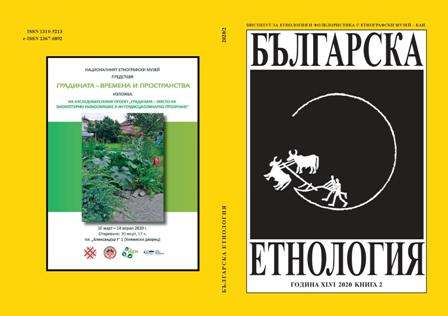
This paper draws on the author’s ethnographic research with 11 – 15 years old adolescents conducted in a “prioriy” middle school in Normandy, France (2014 – 2017) and aims to explore these immigrant students’ experiences of acculturation, sociocultural adaptation and identity formation. In particular, I present the case study of a Moroccan boy in an attempt to uncover more profound aspects of these phenomena. I use the theoretical framework of Berry et al. (2006) regarding strategies for acculturation and identity processes in adolescence in order to analyse data gathered through ethnographic methods. Then, I illustrate how methodological pluralism can produce a nuanced picture and allow for alternative interpretations. In addition, followingPollock and Van Reken’s example of a third-culture kid, I use the concept of a third culture adolescent (Pollock and Van Reken 1999) to demonstrate how a migrant student with a diffuse profile, that defines him as marginal and confused, viewed through an ethnographic lens, can be thought of as someone creating “third culture”.
More...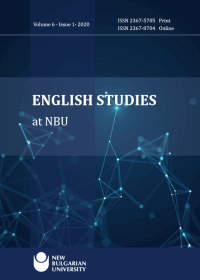
This paper discusses the politics and multi-functionality of storytelling in Diana Abu-Jaber’s novel Crescent (2003). I argue that the strategic use of storytelling places Crescent as a complex hybrid text that projects the nature, and development, of Arab American literature in the contemporary era. In addition to having the practice of storytelling as an apparatus to project identity in Crescent, Abu-Jaber reappropriates its empowered status in Arab culture as well as politicizes its image in the mind of her readers. Besides employing critical and analytical approaches to the novel, this paper relies on arguments and perspectives of prominent postcolonial and literary critics and theorists such as Edward Said, Suzanne Keen, Walter Benjamin, and Samaya Sami Sabry, to name a few.
More...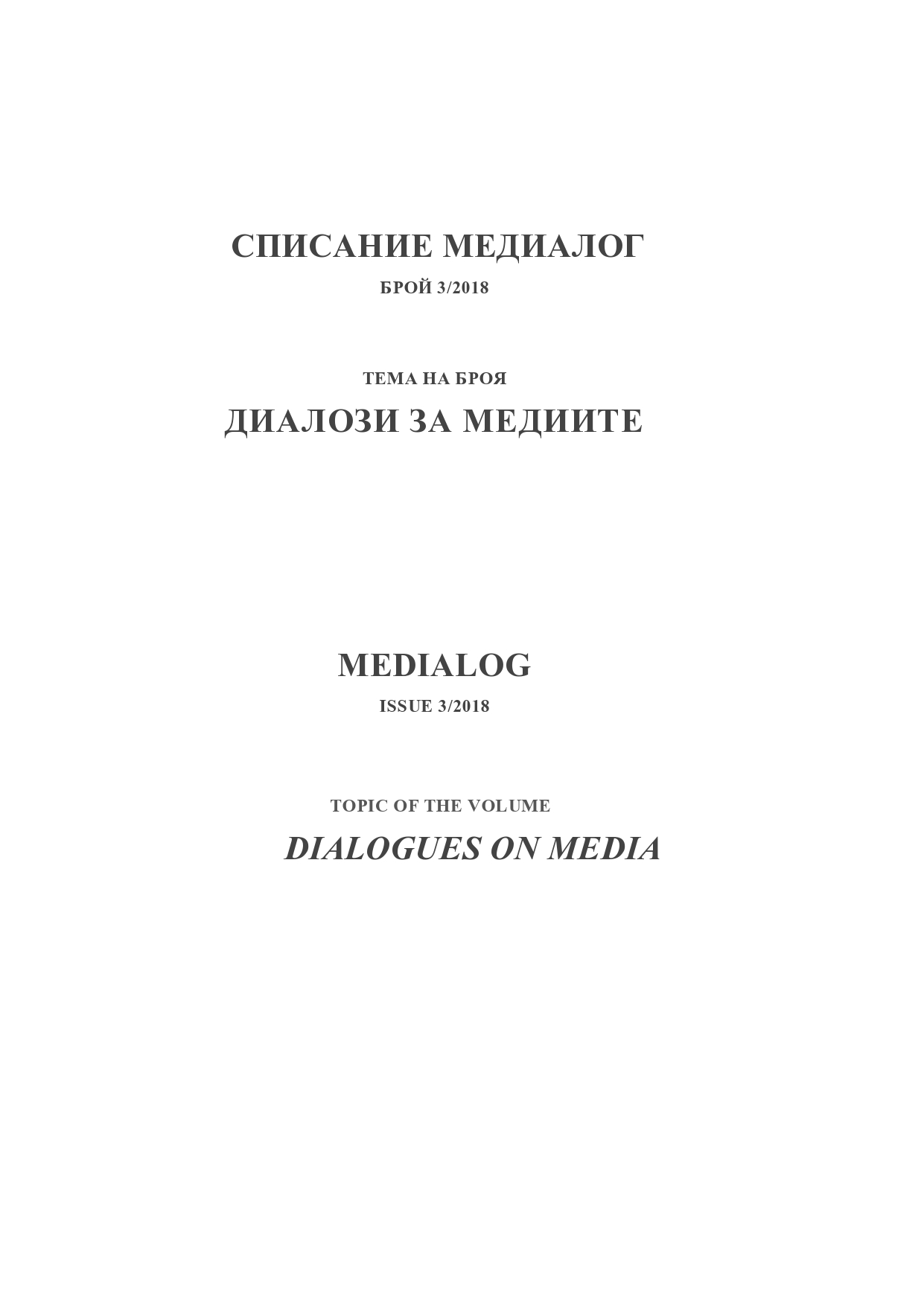
The text presents Bulgarian language web radio based on research in 2014 and 2017. It touches on highlights of its development after the first web radios appeared at the beginning of the new century. The article studies the changes in practices of listening portals. It compares data on web radio stations: number, distribution by format and address. It identifies trends: development of music web radios toward alternative group offers, sustainability of radios of idea-based communities, establishment of the 'marketing' radio, emergence of web radio community initiatives.
More...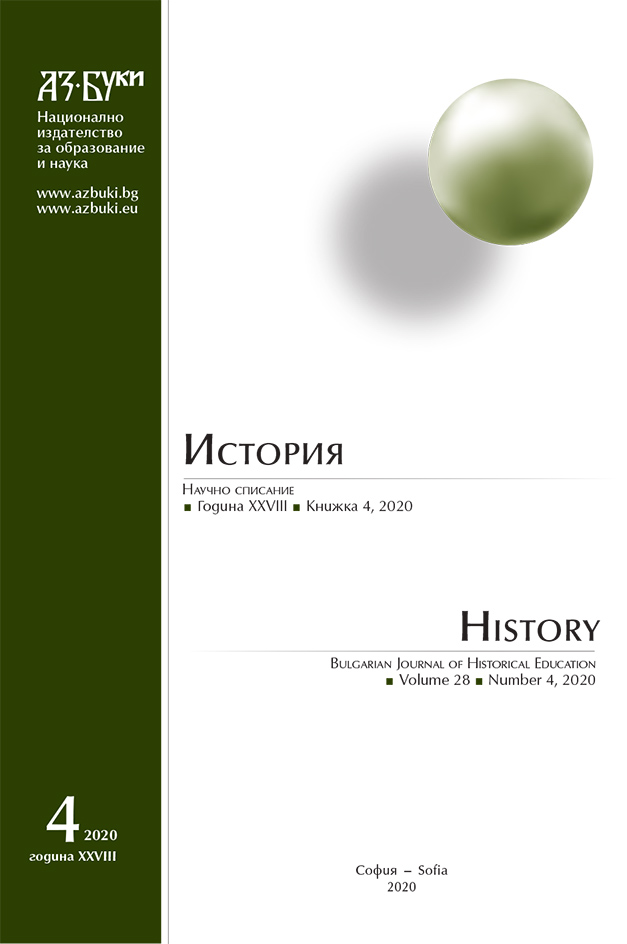
The article analyses the educational, cultural, national and political challenges in front of the Bulgarian diaspora in the Romanian town Alexandria from the second half of the 19th century to the Liberation of Bulgaria – keeping the native language, upbringing the young generation in patriotic spirit, relations with the countrymen who remained on the other side of the Danube, inclusion in the national liberation movement. The names of teachers, doctors and other representatives of the Bulgarian emigrant intellectuals who combined their professional activities with intense socially useful activity are mentioned. Part of them turned into notable names in Principality of Bulgaria after the Liberation.
More...